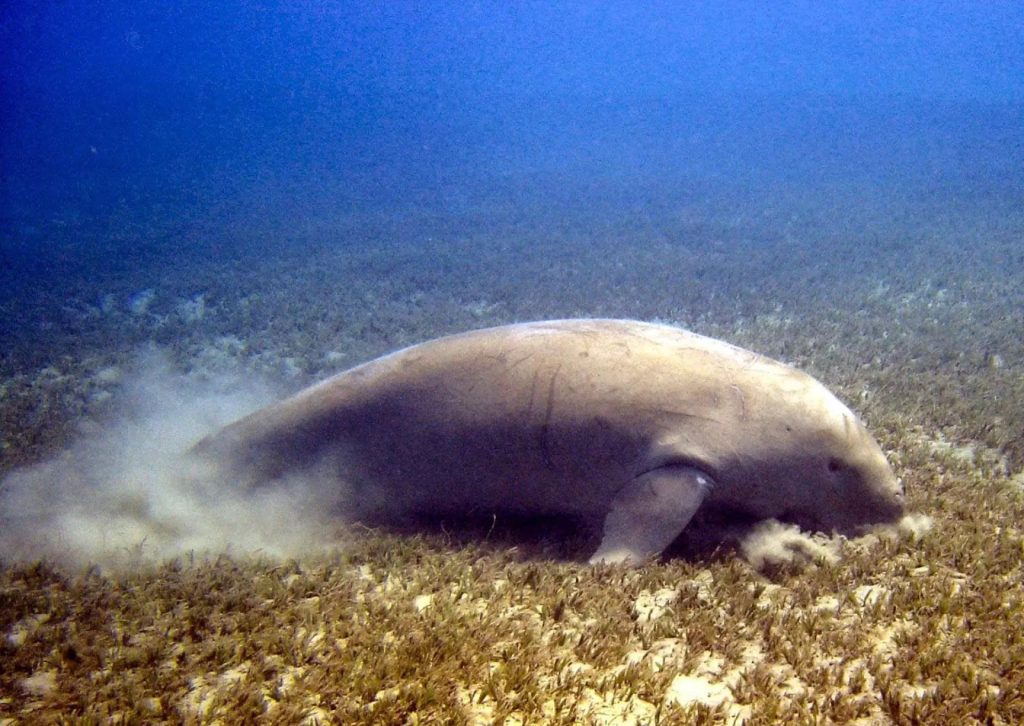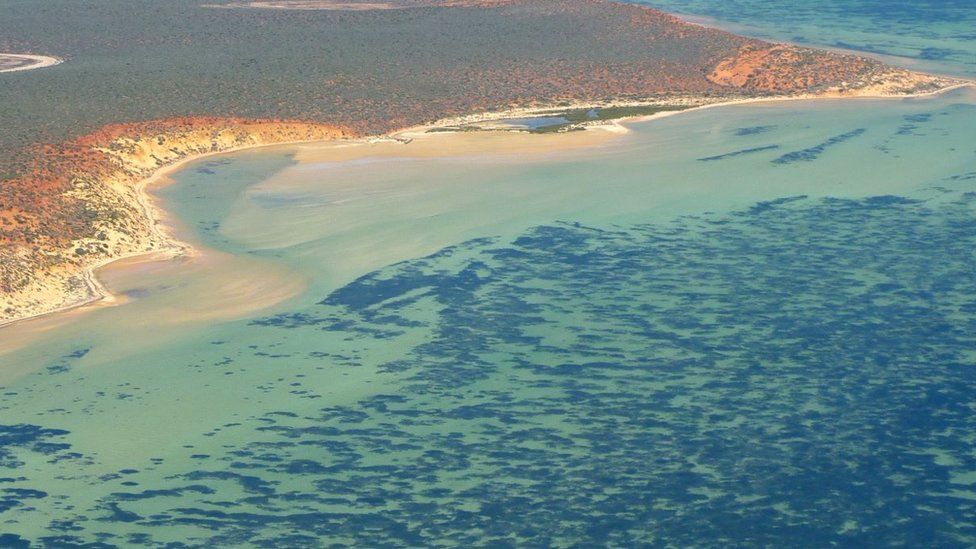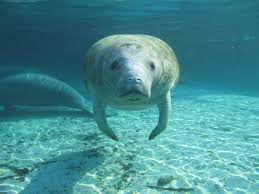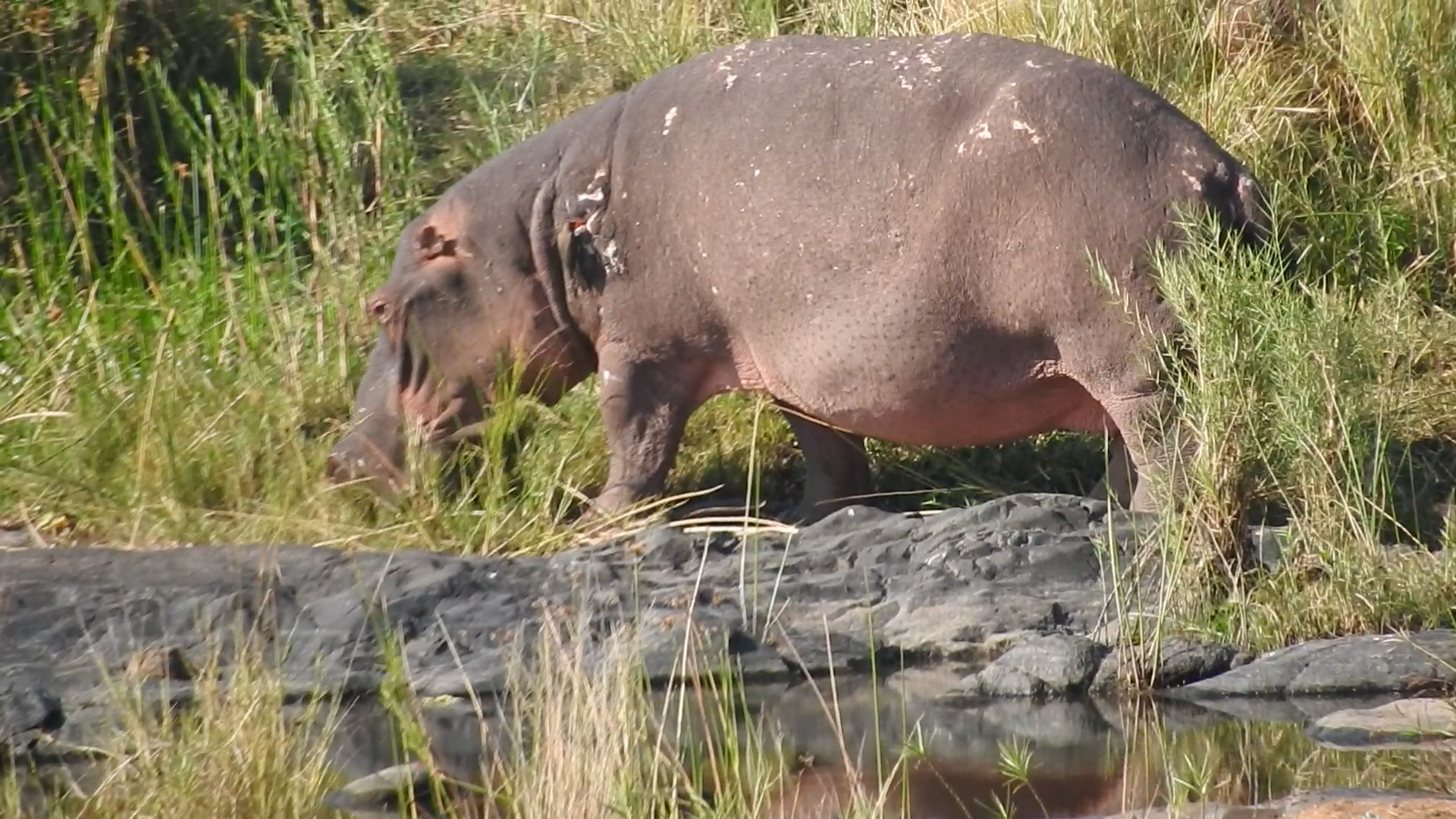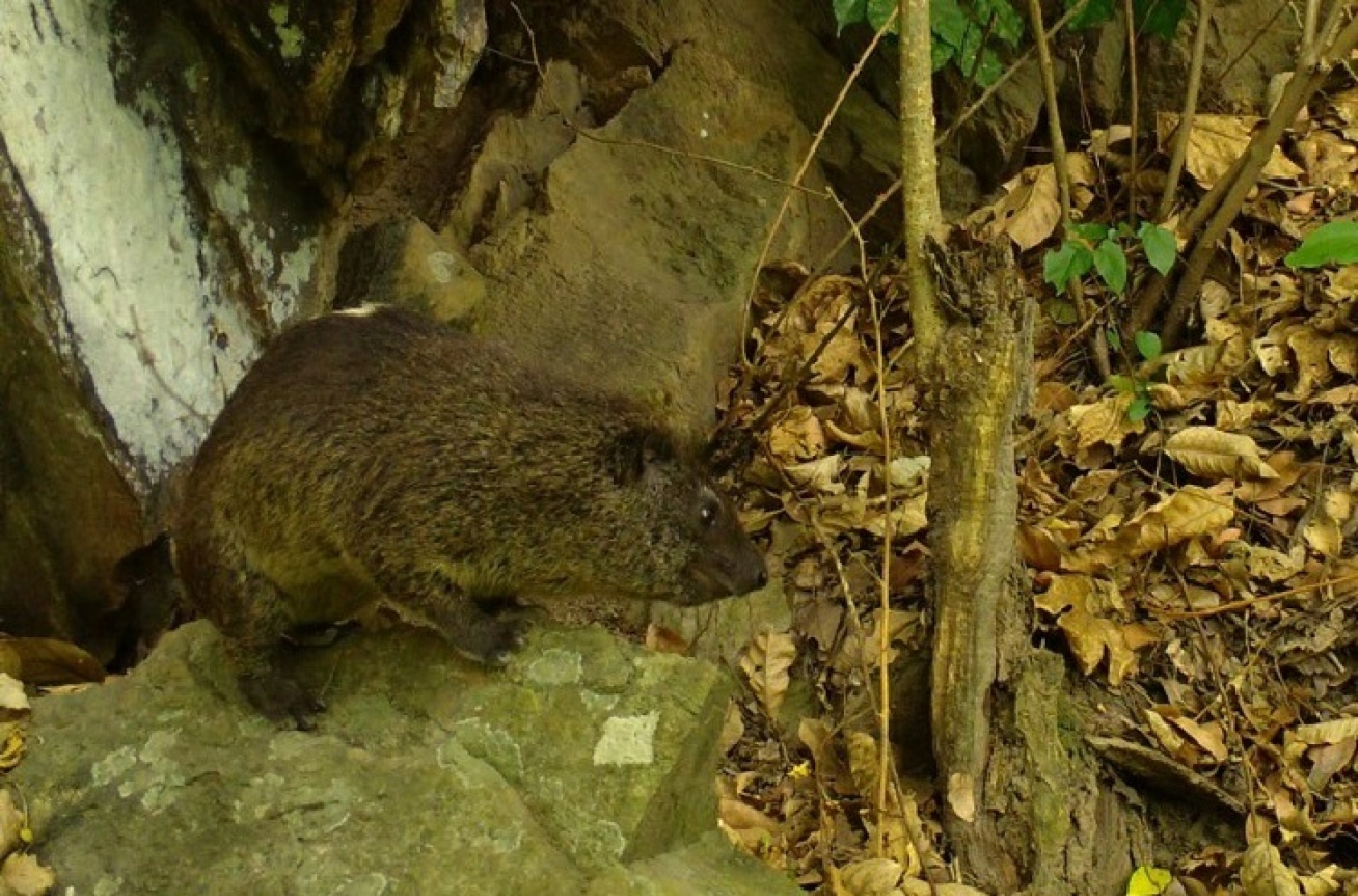
Benin tree hyrax
Benin tree hyrax is found in the region between the Niger and Volta Rivers in West Africa, hence the name.
It can be distinguished from neighbouring Dendrohyrax dorsalis by its night-time barking vocalizations, its shorter and broader skull, and its lighter pelage.
This is a species that is not currently agreed. However, if/when it is, it has been assessed by the IUCN as being least concern
Contact me, if you regularly encounter this where you live/work give you a means of making money from these animals on your land.

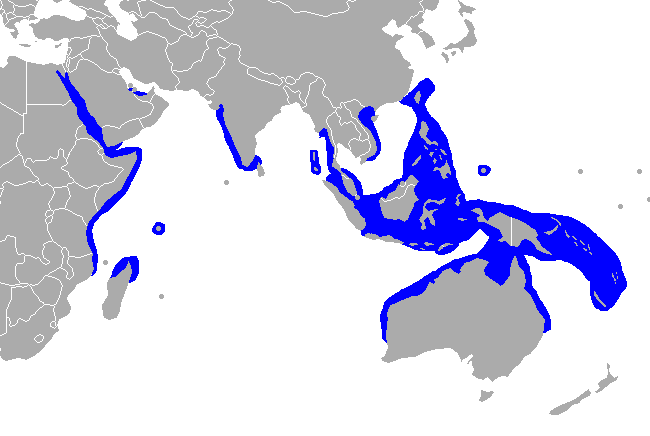 Dugong– The only surviving Dugongidae after the stellers sea cow (described in 1741 and hunted to extinction by 1768 for hide meat and fat) was lost.
Dugong– The only surviving Dugongidae after the stellers sea cow (described in 1741 and hunted to extinction by 1768 for hide meat and fat) was lost.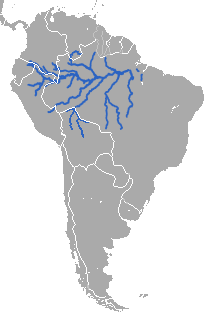 ian Manatee
ian Manatee
 Manatee) Although found both on the coast and inland, there is no significant genetic difference between these populations. African Manatees can be found in West African regions which include a wide range of countries – requiring cross nation action to save them. Manatees are found in brackish waters to freshwater: in oceans, rivers, lakes, coastal estuaries, reservoirs, lagoons, and bays on the coast.
Manatee) Although found both on the coast and inland, there is no significant genetic difference between these populations. African Manatees can be found in West African regions which include a wide range of countries – requiring cross nation action to save them. Manatees are found in brackish waters to freshwater: in oceans, rivers, lakes, coastal estuaries, reservoirs, lagoons, and bays on the coast.